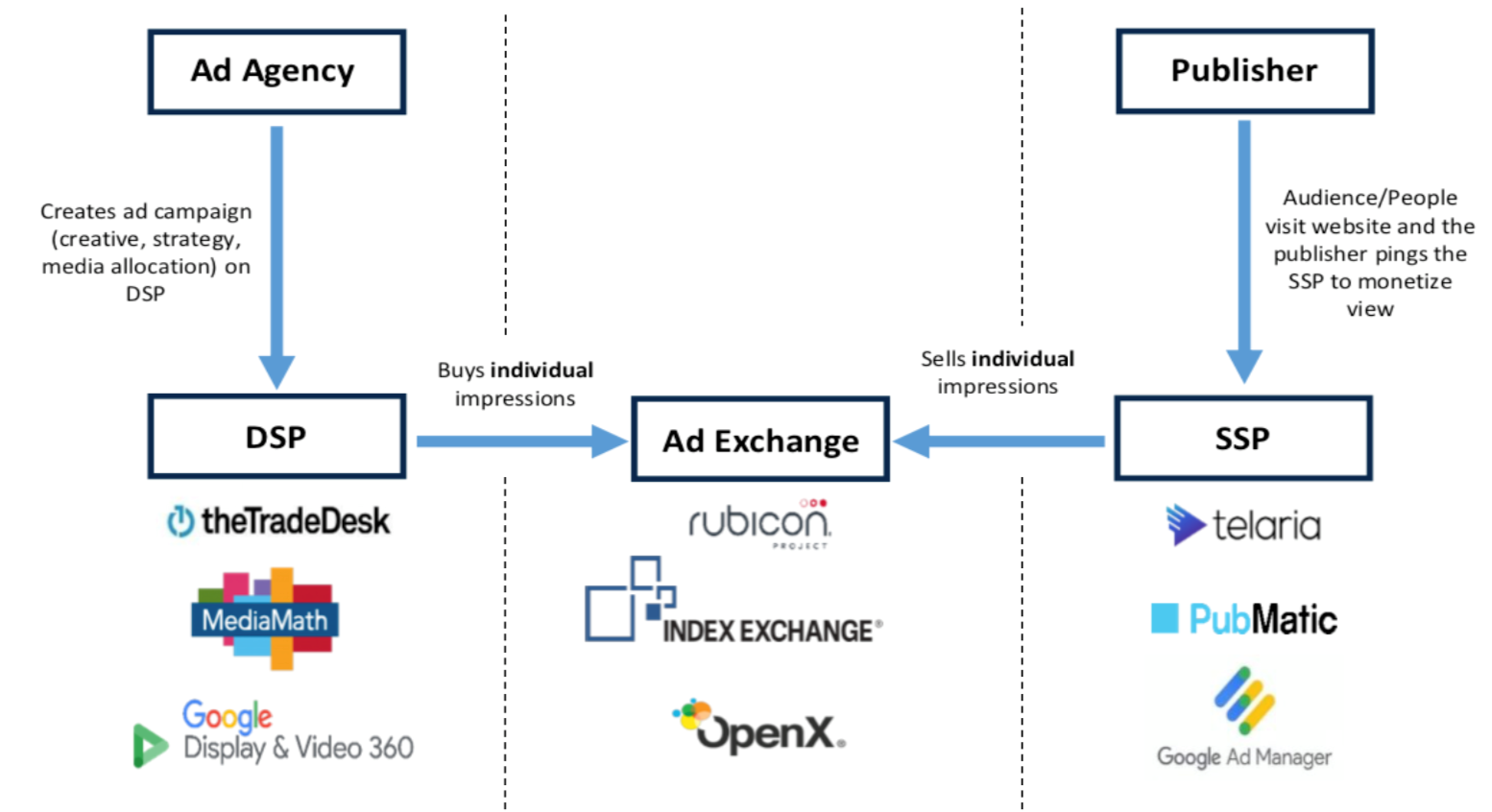Hello. My name is Jonathan Xianqi Zeng. As some of you may know, a product company’s pricing power is as good as the product’s demand itself. However, once a product becomes a platform, customers’ willingness-to-pay and switching cost may rise dramatically. To capture the most value, there are two main ways to make a product a platform, in this series, I will go over these two options, with two corresponding examples (Microsoft and The Trade Desk) I have found. In this first part of the series, I will discuss the first option:
Open doors to 3rd parties. This includes opening up 3rd party developers to add features into the product. In a way, the first method is to crowd source the efforts of building more features on the product to the developer ecosystem. As instructor mentioned, the main debate in this strategy arises when the developed software is a competitor.
Arguments of allowing the 3rd party into the platform when the additional feature is a competitor: create more value for customers. Arguments against doing so: customers might switch to the competitor product, should that product provides better experience than our product.
My take is that: both arguments make sense. However, attentions should be made to switching cost of the customers. Take the example of Microsoft OneNote, which arguably is a better product than iPhone’s built-in notes application – OneNote supports multimedia notes taking and also syncing between different devices; in addition, OneNote supports multi-level classification of notes into notebook, sections, and individual notes. While allowing OneNote does bring in a competitor product into Apple’s ecosystem, the switching cost of customers to Apple’s competitor smartphone product however is high. In fact, the switching cost for customers to use Microsoft’s smartphone due to OneNote is high, unless Microsoft decides to stop supporting OneNote in the iPhone ecosystem. The key variables in that decision includes:
- Whether Microsoft believes that Microsoft OneNote is so indispensible for users that a large percentage of users would decide to switch should OneNote is no longer supported on non-Microsoft smartphones.
- Whether Microsoft believes that in doing so, Microsoft would be achieving higher earnings than not doing so. This earning is defined as not only the one time revenue generated by switching that % of customers, but also needs to take into account the losses incurred by potential retaliations from Apple.
Based on this analysis, the return payoff diagram for Apple of allowing third-party products in its ecosystem is perhaps not continuous: there is a point where Microsoft would stop offering OneNote in non-Microsoft smartphones: before that point, the presence of OneNote in Apple ecosystem creates positive payoff, but right after that point is hit, Apple’s payoff goes immediately negative.

